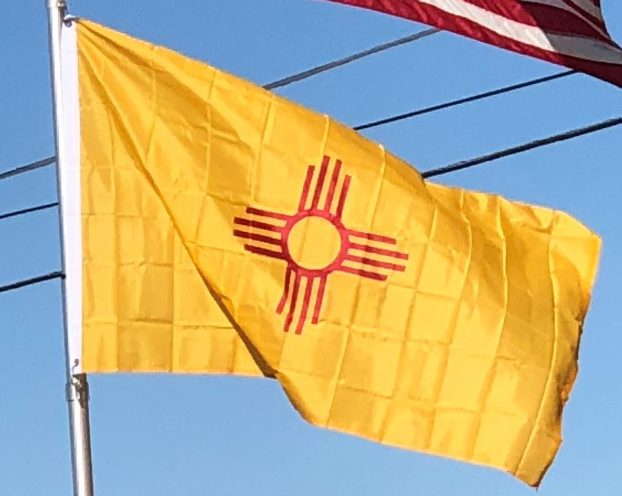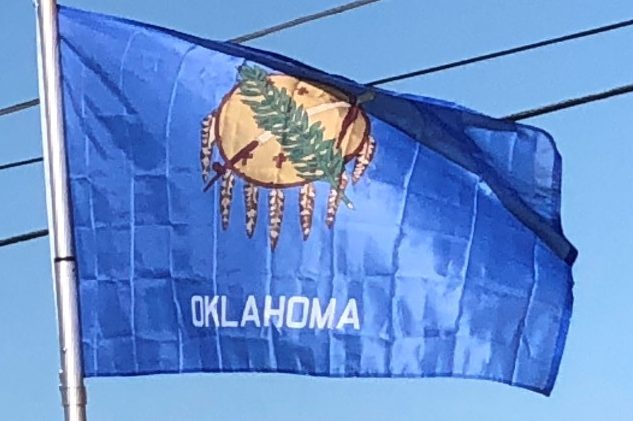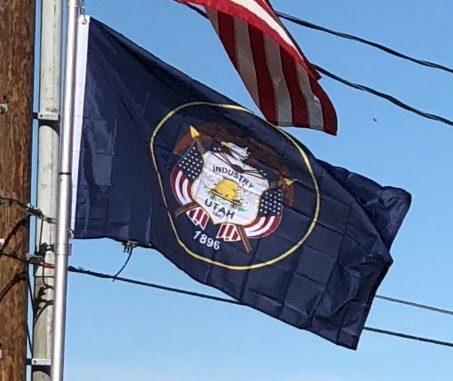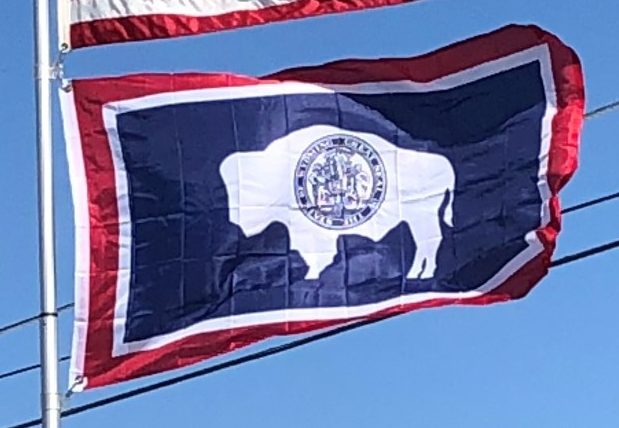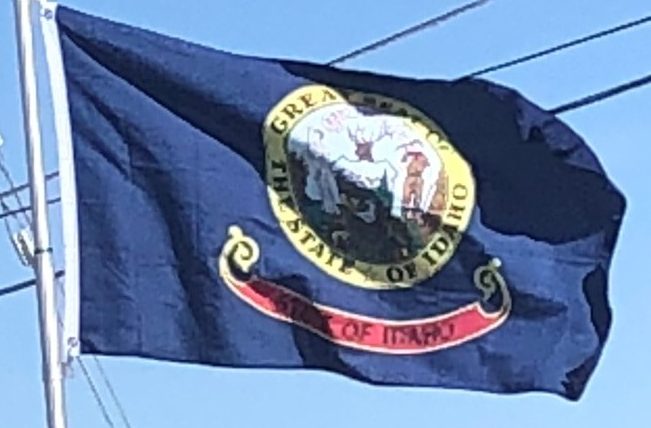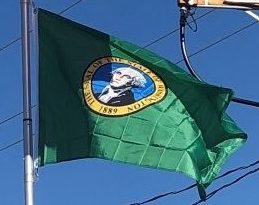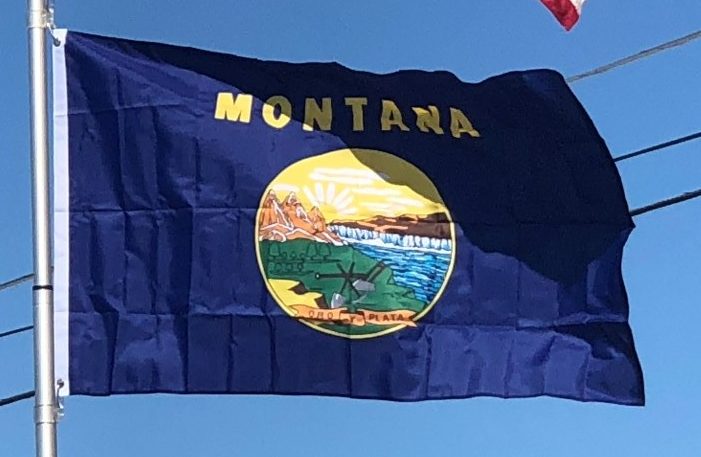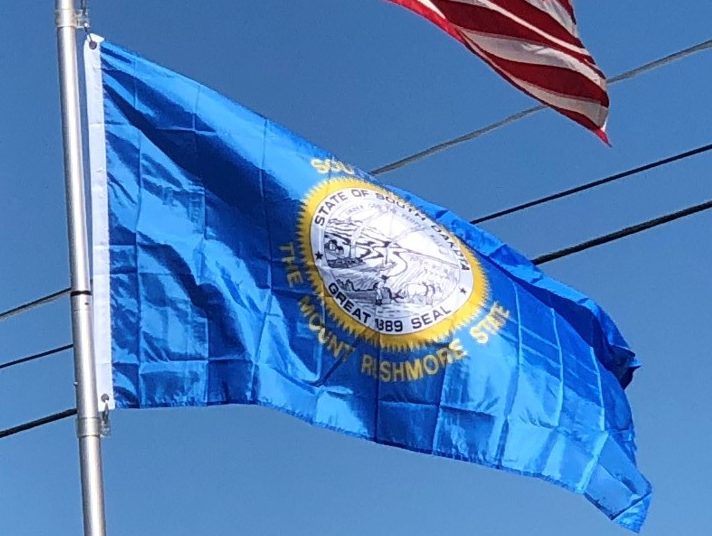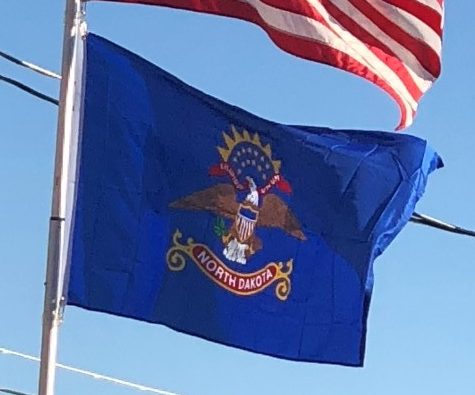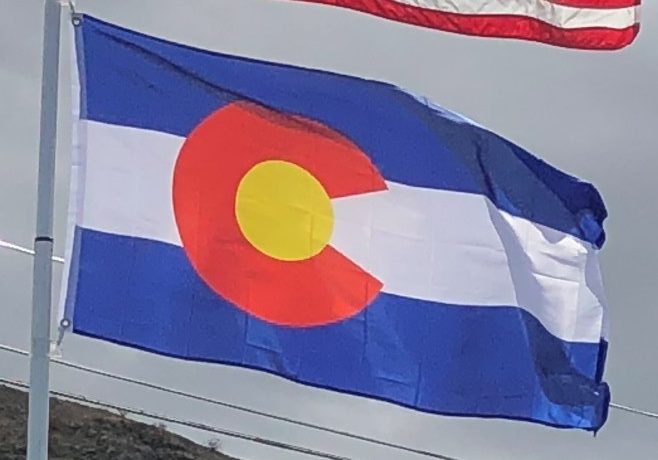New Mexico – The Land of Enchantment
The flag of the U.S. state of New Mexico consists of a red sun symbol of the Zia on a field of yellow, and was officially introduced in 1925. It was designed in 1920, to highlight the state’s Native American Pueblo and Nuevo México Hispano roots. The colors evoke the flags of Habsburg Spain (the Cross of Burgundy), Spain and the Crown of Aragon, brought by the conquistadors.
It is one of four U.S. state flags not to contain the color blue (the other three being Alabama, California, and Maryland). The flag of the District of Columbia also has no blue.
The Daughters of the American Revolution pushed New Mexico to design a contemporary and unique flag in 1920. A contest to design the new state flag was won by Harry Mera of Santa Fe, New Mexico. Mera was an archaeologist who was familiar with the Zia Sun symbol found at Zia Pueblo on a 19th-century pot. The symbol has sacred meaning to the Zia. Four is a sacred number which symbolizes the Circle of Life: the four directions, the four times of day, the four stages of life, and the four seasons. The circle binds the four elements of four together. His winning design is the flag that the state uses today.
